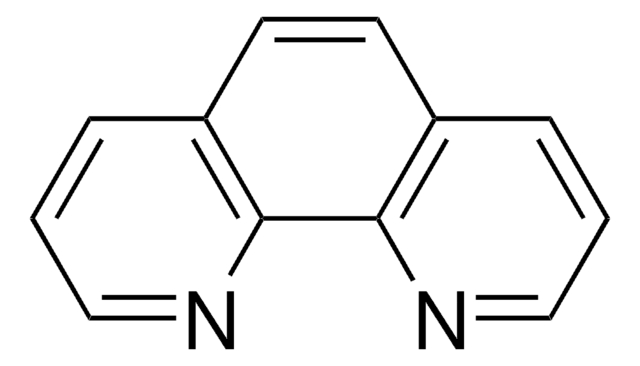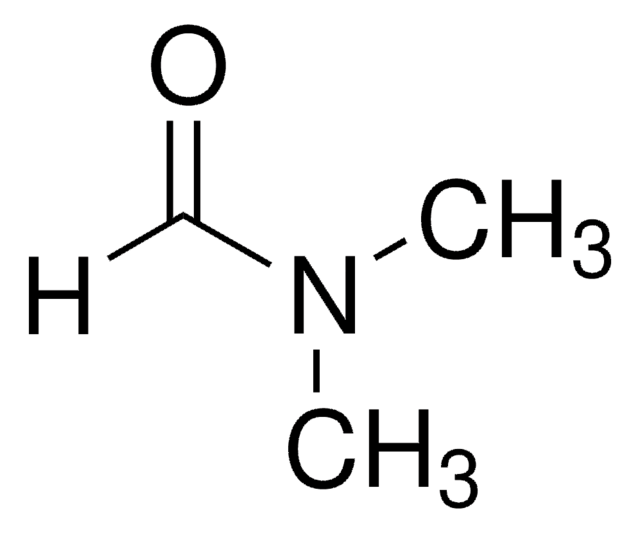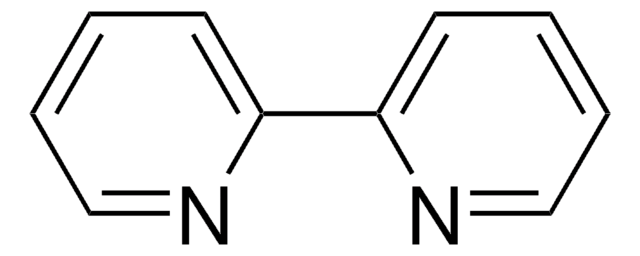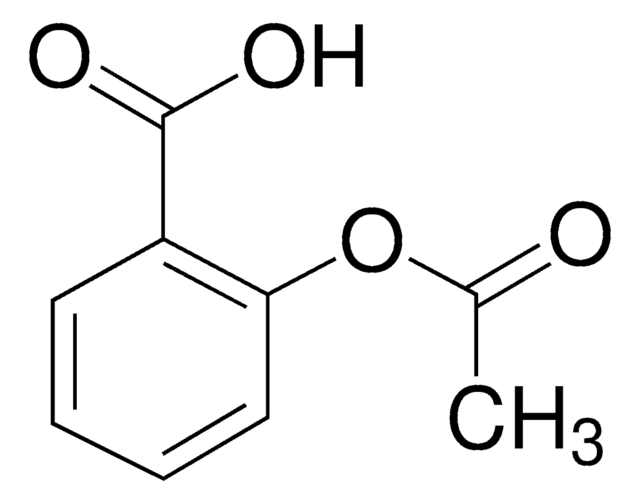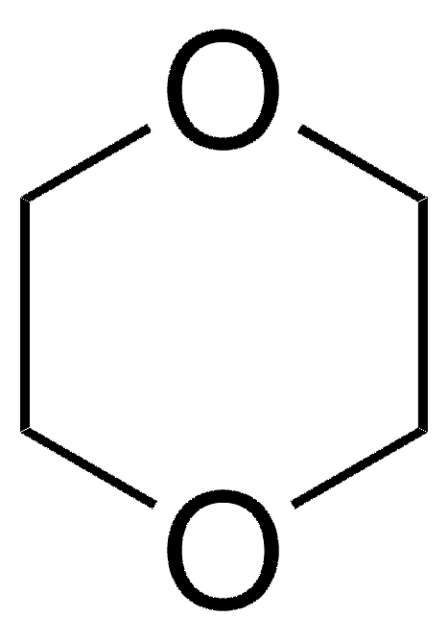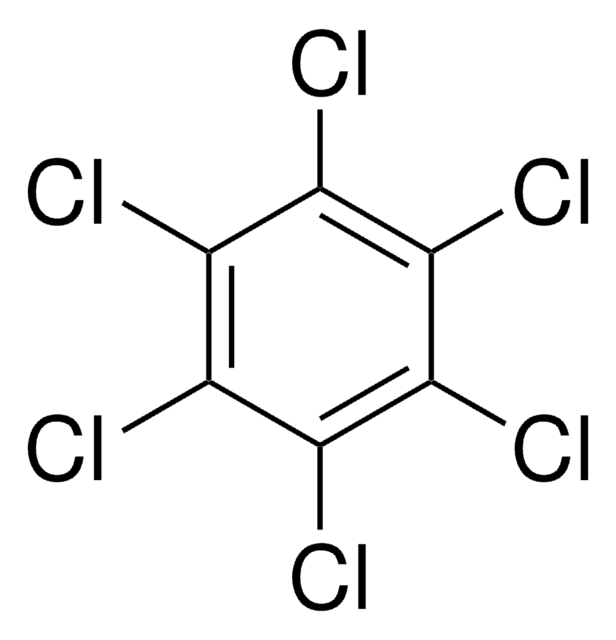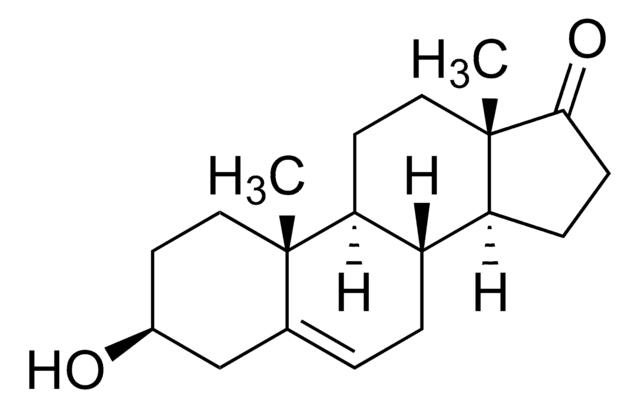ERD-014
Dibenz(a,j)acridine
vial of 25 mg, analytical standard, Cerilliant®
Synonym(s):
Dibenz[a,j]acridine, 7-Azadibenz[a,j]anthracene
About This Item
Recommended Products
grade
analytical standard
packaging
vial of 25 mg
manufacturer/tradename
Cerilliant®
application(s)
environmental
forensics and toxicology
format
neat
storage temp.
room temp
SMILES string
c1ccc2c(c1)ccc3nc4ccc5ccccc5c4cc23
InChI
1S/C21H13N/c1-3-7-16-14(5-1)9-11-20-18(16)13-19-17-8-4-2-6-15(17)10-12-21(19)22-20/h1-13H
InChI key
ANUCHZVCBDOPOX-UHFFFAOYSA-N
Looking for similar products? Visit Product Comparison Guide
General description
Application
Legal Information
Choose from one of the most recent versions:
Certificates of Analysis (COA)
It looks like we've run into a problem, but you can still download Certificates of Analysis from our Documents section.
If you need assistance, please contact Customer Support.
Already Own This Product?
Find documentation for the products that you have recently purchased in the Document Library.
Our team of scientists has experience in all areas of research including Life Science, Material Science, Chemical Synthesis, Chromatography, Analytical and many others.
Contact Technical Service